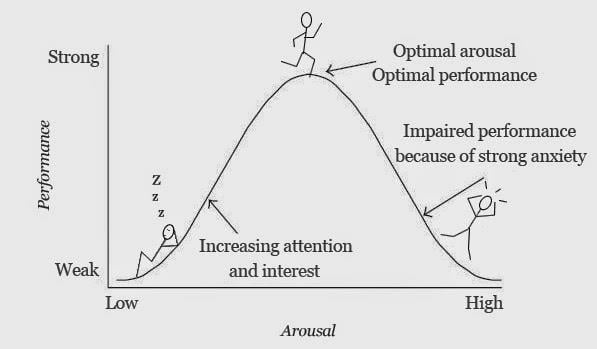1. Taking high performance for granted
2. Reducing interaction
“I have this great person on my team. I don’t need to devote any time to them. I can rely on them completely to do a good job. And that frees me up to do mine” is what I hear leaders say often. This is understandable, on the one hand, as time is a scarce resource. On the other hand, there is an assumption behind this - that high performers don’t need anybody and can do it on their own. Think of Nadal or Djokovic and imagine their coach disappearing for a whole year just because they recently won a Grand Slam. Unheard of. Without regular interaction, offering support, feedback and coaching, you lose the opportunity to help your high performer get better. Moreover, without caring human interaction, your high performers will experience a drop in levels of Oxytocin, the “love chemical.” This is another brain chemical, which is essential for high performance.The result: S/he will feel lonely, anxious, and stressed which impacts performance negatively.
3. Overstraining high performers
“High performers can constantly go the extra mile” is another statement I often hear leaders say in my trainings. They may go the extra mile more often than low performers, yet high performers have limits too - like every other human being. The chart below shows perfectly what happens if we overstrain team members. It may not be common knowledge, but top athletes mostly practice at 80%. They take breaks to recharge and make sure they don’t go overboard with competitions, in order to avoid burn-out. And there is good reason to do so. From a neuroscientific perspective, we need the brain chemical noradrenalin (as well as adrenaline and cortisol), if we want to master a challenge. Without these performance boosters, no one can perform a demanding task. We become slow, easily distracted, and we lack motivation. A problem occurs however, when we have too much adrenaline and cortisol in our body over a longer period of time. We end up in panic mode. Sleep suffers, decision-making suffers, our problem-solving capabilities plummet, not to mention our mood. What was meant to help us perform on a high level, backfires and causes a drop in performance.

Once a high performer, always a high performer is not a given. Check how much time you are actually spending managing the performance of your high performers. If you spend most of your time managing low performers, you risk undermining the performance of your high performers. Worst case, they leave the team for a boss who will give them the necessary attention. Both options are not really attractive as you may end up with a team of only mediocre performers.
Dragan Milicevic thought leadership can be found here